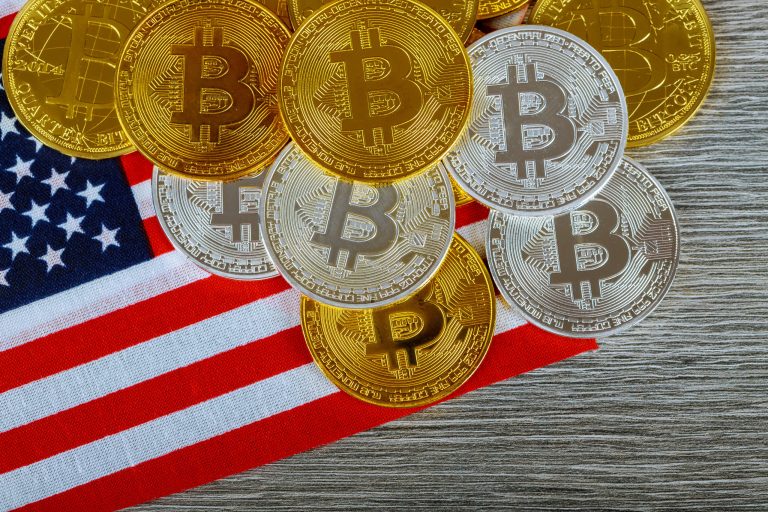On Friday, 22nd November, Bitcoin was trading at all-time highs, just a smidgen under $100,000.
Given the surging upside momentum that took off on Donald Trump’s election victory, there seemed little doubt that it was simply a matter of time before the world’s most popular crypto took out this historic and significant milestone.
Yet just a few days later it looked as if the stuffing had been knocked out of the crypto giant.
What next? Who knows. No doubt it’s still just a function of time before $100,000 is crossed.
Maybe Bitcoin will revisit $50,000 first? This was a milestone too at one time; one that it first crossed in February this year, and then revisited in August.
Is it any more ridiculous to consider Bitcoin halving in value than, say, the S&P 500?
A 50% decline from current levels would take it to around 3,000.
Most investors are likely to believe it’s more probable that Bitcoin goes to $10,000 than the S&P 500 falls to 3,000.
Yet the S&P has lost half of its value on at least two occasions in my living memory.
There was the ‘Dot Com Crash’ which saw the S&P fall 49% between March 2000 and October 2002.
Then there was the ‘Great Financial Crisis’ when the S&P lost around 58% between October 2007 and March 2009.
Of course, we’re not talking about an index halving overnight.
The declines took place over two and a half years in the first example and seventeen months in the latter. But that only makes it worse.
By comparison, no one who traded through the start of the coronavirus outbreak will forget the S&P’s 35% plunge in the four weeks between February and March 2020 following the global lockdown.
But the S&P had made back all those losses just five months later and then continued to rally.
In contrast, the ‘Dot Com Crash’ and ‘Great Financial Crisis’ saw many big one-day declines, but there were also bounces.
The trouble was that it was difficult to see where it would all end, as each attempted recovery failed, until an ultimate bottom was hit.
Investors were sapped, mentally, physically, and often financially.
Take a look at a 100-year chart of the Dow (the S&P and NASDAQ don’t go back that far).
You’ll see the sell-offs and bear markets. But you’ll also see that the US has been in a bull market since the 1950s, or even since 1932 if you look at a log-scale chart.
The bull market in US equities is getting very long in the tooth.
Does that mean it’s about to crash? Who knows? All one can say is that the probability of a significant correction is increasing.
As yet there’s been no obvious reason for investors to bail out.
But it’s worth remembering that the ‘Magnificent Seven’ stocks account for a third of the S&P 500 by market capitalisation, and they are very overvalued by many measures.
That’s not to say they can’t become even more expensive, but there will come a time when investors decide not to pay up anymore.
When that happens, and whatever the catalyst, it will be wise to cash out and watch from the sidelines.
(David Morrison is a Senior Market Analyst at Trade Nation. Views are his own.)
The post Close, but no cigar appeared first on Invezz

